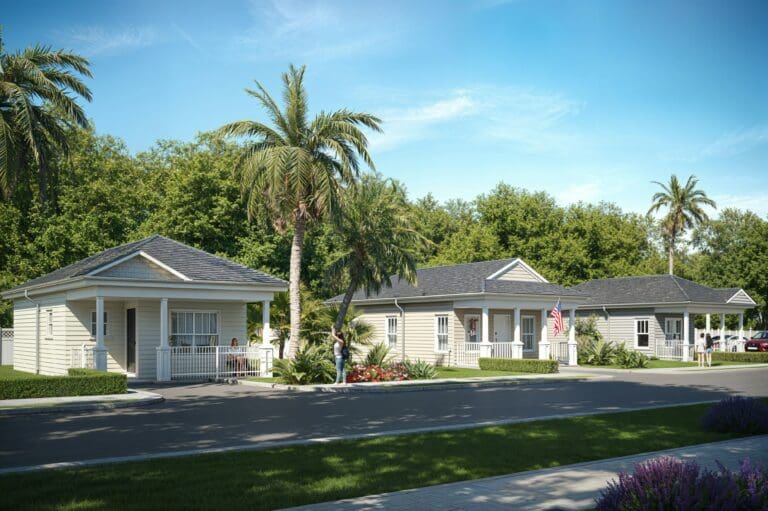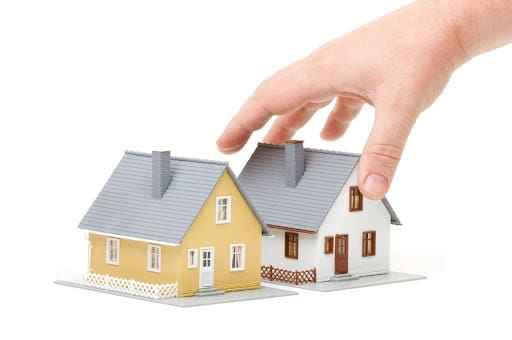Tiny homes have emerged as a viable housing option for tackling a range of social challenges, including homelessness. In Florida, where rapid population growth and rising housing costs continue to put pressure on limited resources, these compact living spaces present fresh opportunities for affordability and adaptability. They can be especially impactful in Broward and Palm Beach County, where communities are looking for long-term, sustainable answers to pressing housing shortages. Far from just a quick fix, tiny homes and Accessory Dwelling Units (ADUs) are gradually showing promise as a measurable solution in Florida’s quest to support its most vulnerable residents.
Understanding the Housing Need in Florida
Florida consistently ranks high among states with significant homeless populations. According to data from the U.S. Department of Housing and Urban Development, the state has the third-largest homeless population in the country. Factors like a fluctuating tourism economy, a lack of affordable rental units, and seasonal migrations all contribute to this complex scenario. In regions like Broward and Palm Beach County, local stakeholders see the “tiny home revolution” as an important component of a broader strategy to reduce the number of people who lack stable housing.
By focusing on space optimization and cost-effective construction techniques, tiny homes and ADUs can alleviate some of Florida’s unique pressures. They require significantly less land and fewer building materials while still meeting the essential criteria for comfort and safety. This can allow nonprofits and local governments to stretch their budgets, covering more units and offering housing to a larger number of people who are homeless or at risk of becoming homeless.
Florida’s Growing Tiny Home Programs
Recent years have seen growing interest in tiny home pilot programs across municipalities throughout Florida. Although not all counties have actively embraced tiny homes for homeless assistance, various city councils and nonprofit organizations are beginning to explore these smaller-scale dwellings as transitional—or even permanent—housing. For instance, certain local partnerships fund the purchase and management of these homes as part of a community-driven solution, sometimes combining social services and job training for residents in need.
These programs find inspiration in initiatives from other regions of the country, where tiny home villages have provided safe and stable housing for homeless individuals. The Florida Housing Coalition (FHC) advises close collaboration between state agencies, local councils, and private organizations to ensure that any tiny home project aligns with building codes, meets public safety standards, and fosters a supportive community environment.
Social Benefits of Housing the Homeless
When people experience chronic homelessness, they face numerous hurdles, such as finding stable employment, maintaining mental and physical health, and staying connected to essential resources. Tiny homes fill a critical gap by offering an affordable, private space that fosters dignity and a sense of ownership. The relative proximity of these small dwellings to social centers and support networks can also improve access to healthcare, counseling, and job assistance programs.
By addressing homelessness through stable housing, communities often see tangible benefits. These may include reductions in hospital visits, criminal justice interactions, and other strains on public services. Tiny homes in particular can facilitate quicker project rollouts thanks to their lower costs and more manageable construction timelines compared to conventionally sized homes. This helps get roofs over people’s heads faster, improving overall community welfare.
Collaborative Efforts in Florida
Municipal governments and nonprofits have begun exploring varied partnerships to bring tiny homes to areas of high need. Land banks, for example, can donate or lease small parcels for the express purpose of building affordable micro dwellings. Community-based organizations can step in to offer wraparound services, like mental health counseling or financial literacy workshops, ensuring individuals have the support they need to maintain independent living.
Through collaboration, each stakeholder plays a specialized role: local government helps with zoning and permitting changes, nonprofits coordinate outreach and social services, and private entities contribute funds or construction expertise. Establishing clear guidelines not only prevents legal complications but also helps communities articulate standards for safety and tenant well-being.
Role of One and Only Tiny Homes in Broward and Palm Beach County
One and Only Tiny Homes specializes in designing and constructing high-quality tiny homes for residents throughout Broward and Palm Beach County. While the company’s custom builds are not exclusively dedicated to homeless initiatives, the same principles of efficient design, durable materials, and local code compliance can be applied when working with nonprofits and community organizations. By focusing on local building regulations and Florida’s unique climate needs, One and Only Tiny Homes ensures that each project is well-suited for its environment.
Beyond just building structures, the team is committed to showcasing how tiny homes and ADUs can become a realistic choice for those in dire need of permanent accommodation. Whether a community initiative envisions transitional housing or aims to create an entire small-home neighborhood, focusing on these compact dwellings can make long-term housing more accessible.
Looking Toward a Sustainable Future
Tiny homes will not singlehandedly end homelessness, but they do offer a flexible, lower-cost, and community-centric solution. When aligned with permanent supportive services, they can be a catalyst that empowers homeless individuals to regain independence more quickly. Florida’s climate and economic conditions make it imperative to explore every sensible option available to reduce the number of people living without stable shelter.
As local governments continue to debate and refine housing policies, the spotlight on tiny homes seems poised to grow. In many communities, the question has shifted from “Why tiny homes?” to “How soon can we implement them?” and “Who will manage ongoing support services?” The answer often lies in well-coordinated collaborations that harness the strengths of each organization, from planners and builders to social workers and advocacy groups.
Taking the Next Step Toward Real Solutions
If you’re interested in learning more about how One and Only Tiny Homes creates custom solutions for individuals and organizations in Broward and Palm Beach County, visit our contact page for inquiries. We’re always ready to discuss how tiny homes or ADUs can fit into your vision—whether that means contributing to a countywide homelessness initiative or simply exploring the benefits of a smaller environmental footprint. By working together, we can pioneer pragmatic housing options and help pave the way for a more inclusive future across Florida.


